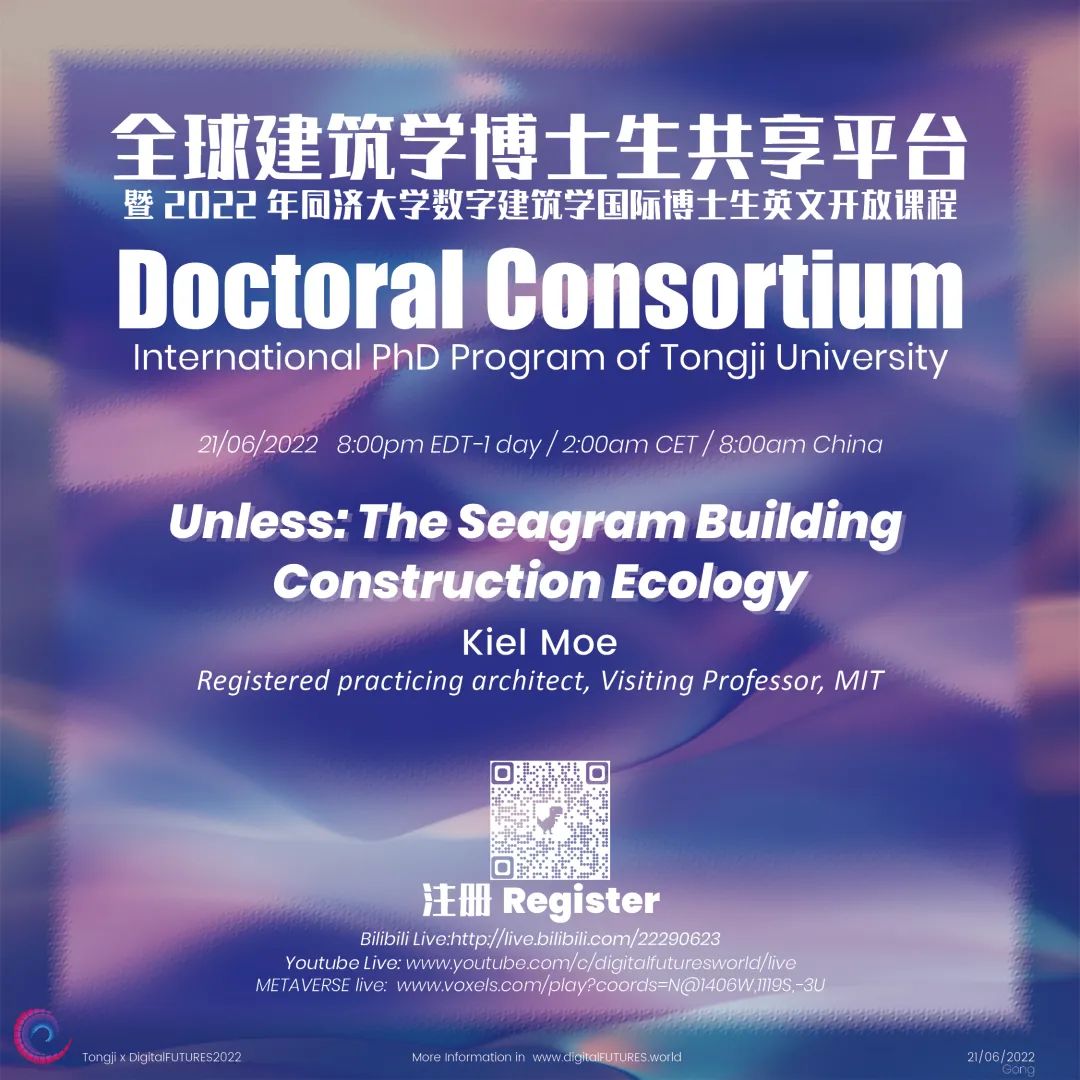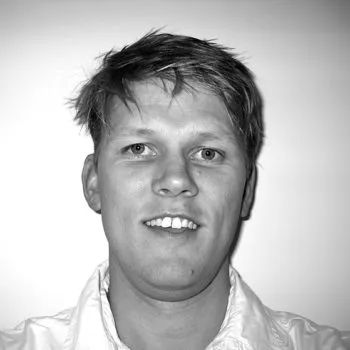
Lecture

Kiel Moe's new book, Unless, presents a terrestrial description of the Seagram Building. It doing so, it aims to describe how humans and nature interact with the thin crust of the planet through architecture. Architecture reorganizes nature and society in particular ways that today demand overt attention and new methods of description. In particular, the immense material, energy and labor involved in building require a fresh interpretation that better situates the ecological and social potential of design. Given the environmental, social, and political realities that confront us in the storms of this century, we need alternative descriptions of building and architecture as terrestrial activities that help us imagine how to maximize the impact of architecture on its environment in the most positive, generative and architectural ways possible; in ways that constantly evince the inherent solidarity and reciprocity of people, places and politics involved in building architecture. I argue that the enhancement of a particular building should be inextricable from the enhancement of its world-system and construction ecology. A “beautiful” building engendered through the vulgarity of uneven exchanges and processes of underdevelopment is no longer a tenable conceit in such a framework. To this end, the book mixes construction ecology, material geography, and world-systems analysis through architecture to help articulate all the terrestrial activities that engender building generally, and more specifically through the example of a most modern of modern architectures: the Seagram Building.
Kiel Moe
Registered practicing architect, Visiting Professor, MIT
Kiel Moe is a registered practicing architect and Visiting Professor at the Massachusetts Institute of Technology. He was previously the Cass Gilbert Visiting Professor at the University of Minnesota, the Gerald Sheff Professor of Architecture at McGill University, and Associate Professor of Architecture in the Department of Architecture at Harvard University Graduate School of Design. In recognition of his design and research endeavors, he was awarded a Fulbright Distinguished Chair in Helsinki; the Gorham P. Stevens Rome Prize in Architecture at the American Academy in Rome, the Architecture League of New York Prize, and the American Institute of Architects National Young Architect Award. He has published nine books on architecture including Empire, State & Building; Wood Urbanism: From the Molecular to the Territorial; Insulating Modernism: Isolated and Non-Isolated Thermodynamics in Architecture; Convergence: An Architectural Agenda for Energy; and Thermally Active Surfaces in Architecture.
 ABOUT US
ABOUT US





